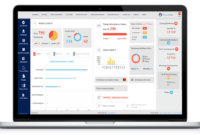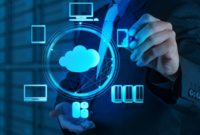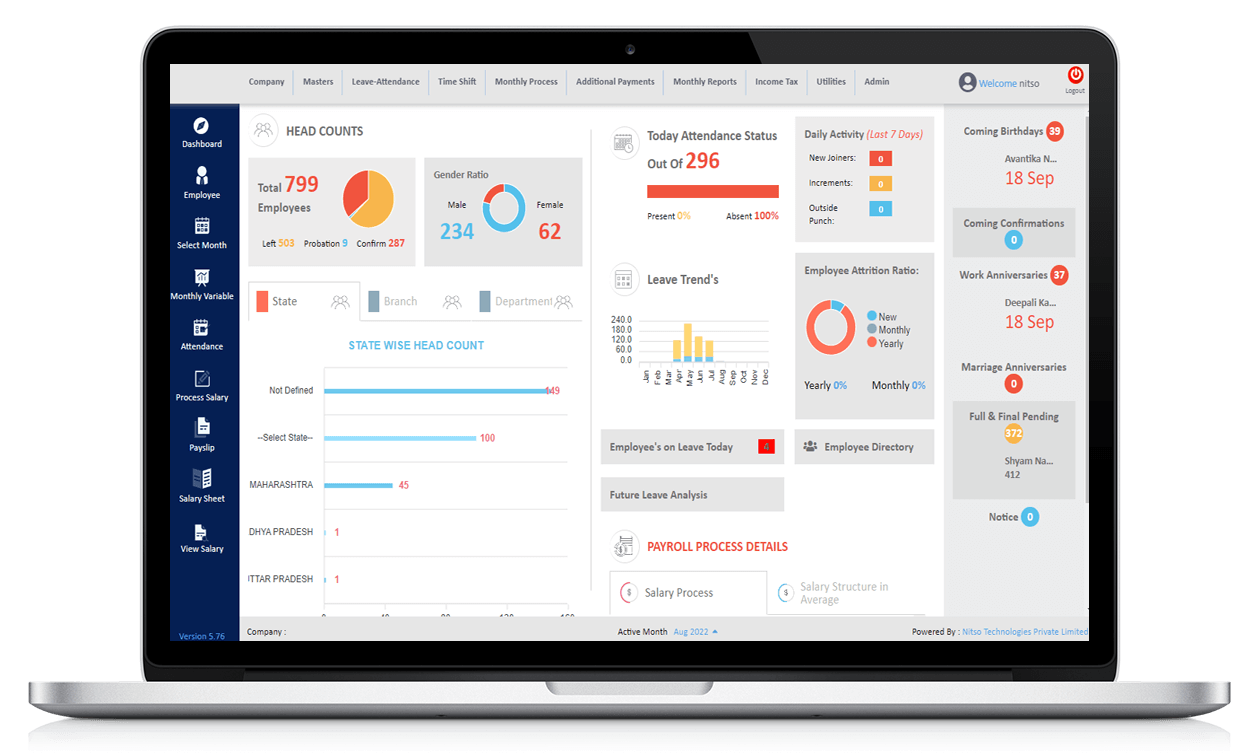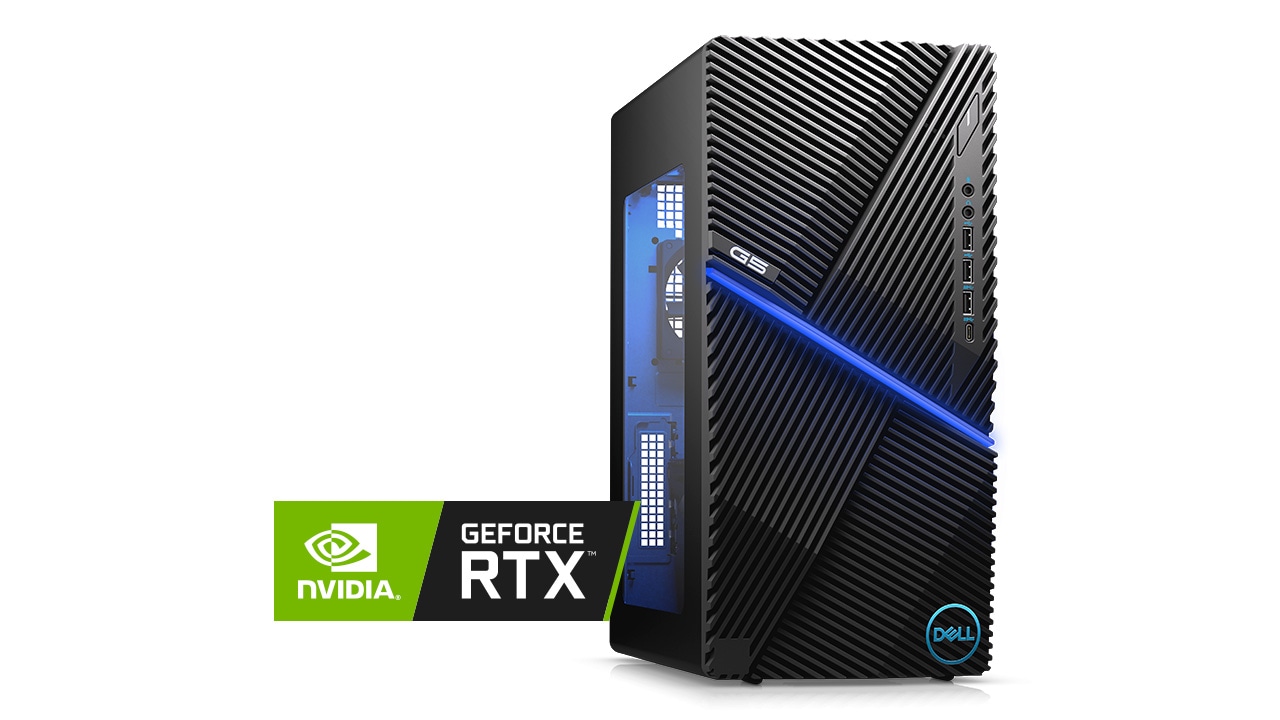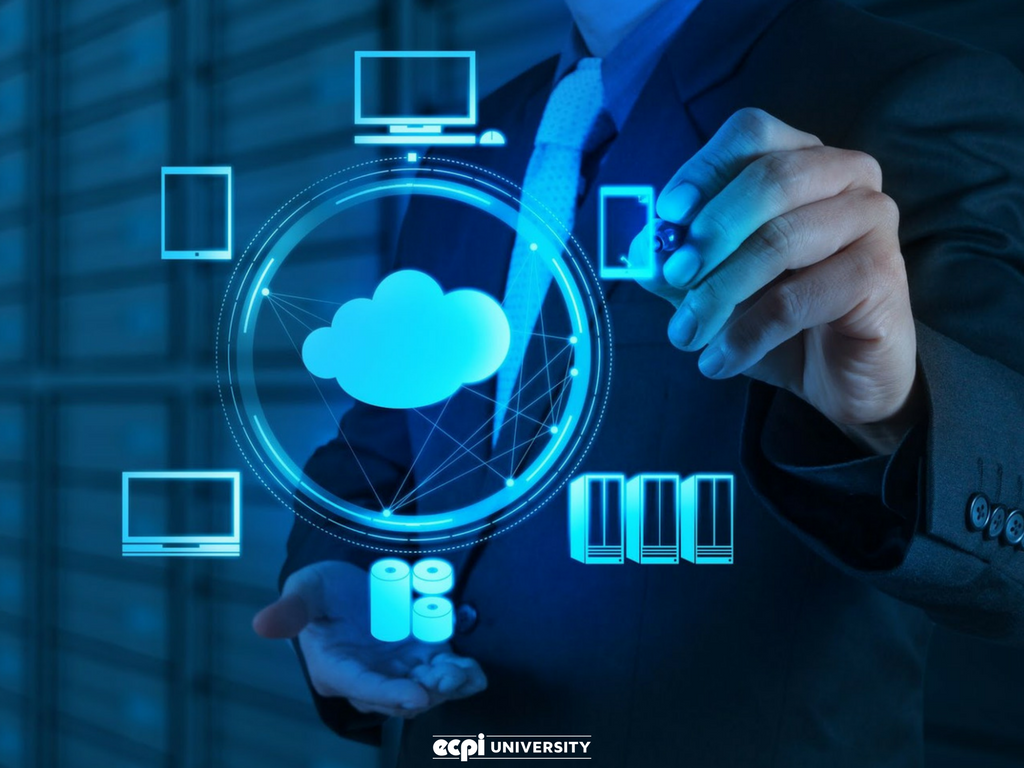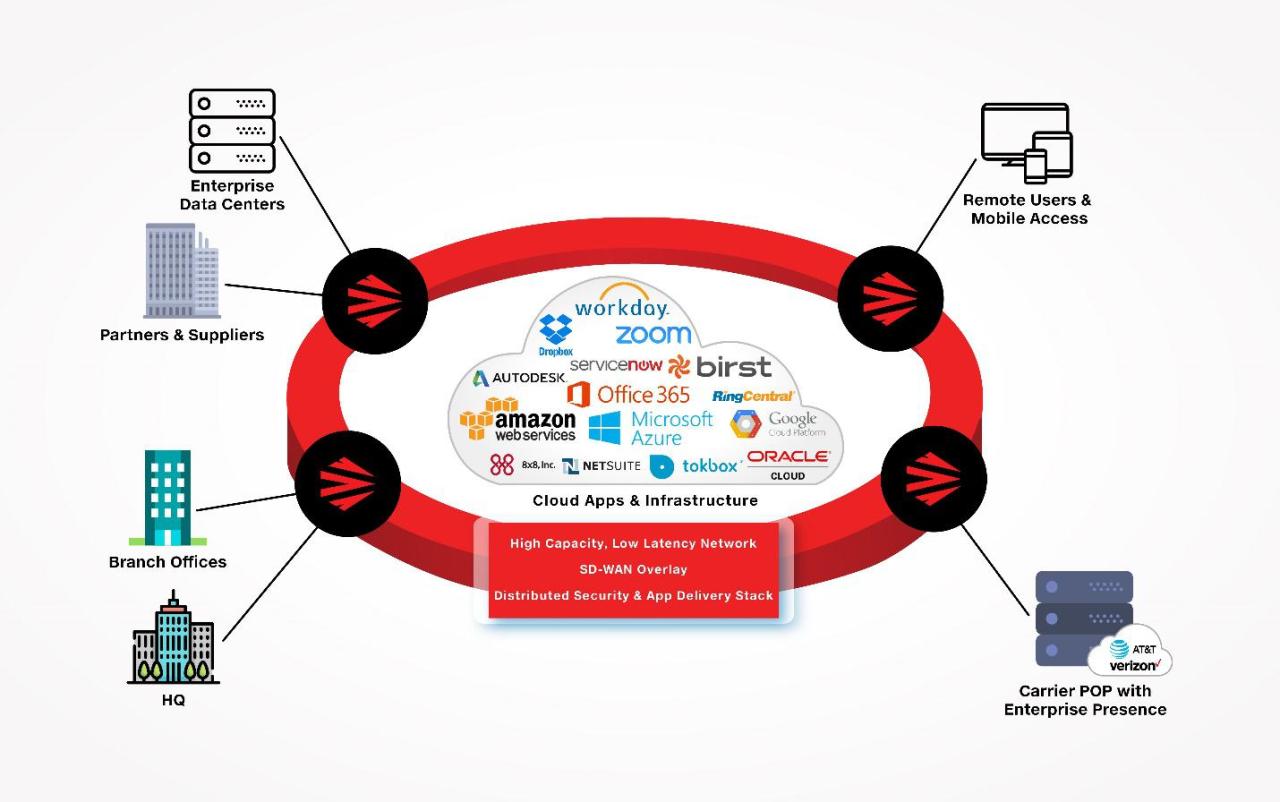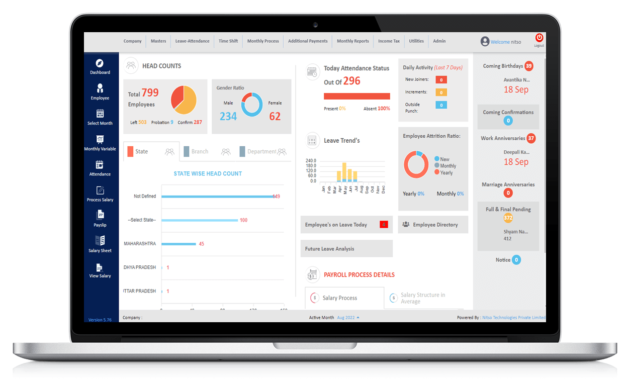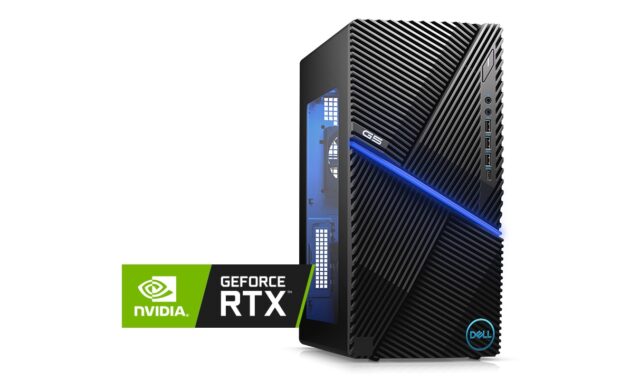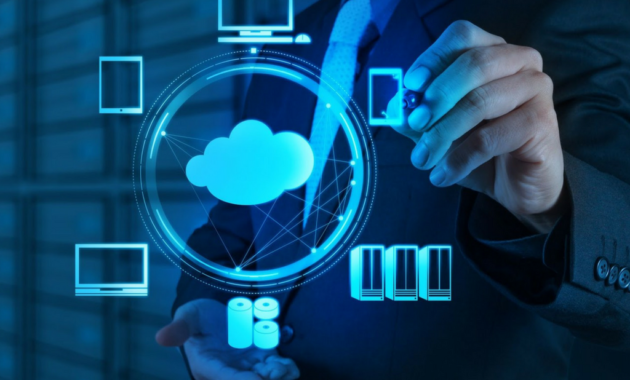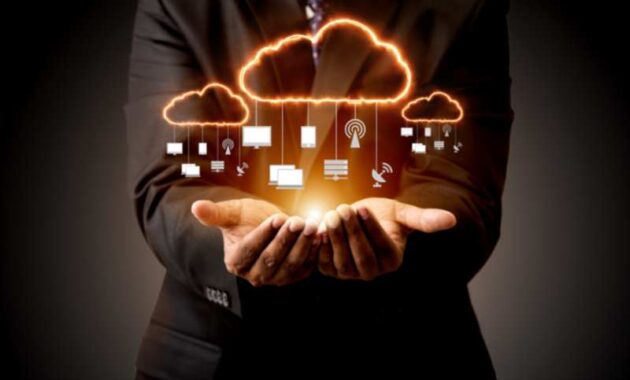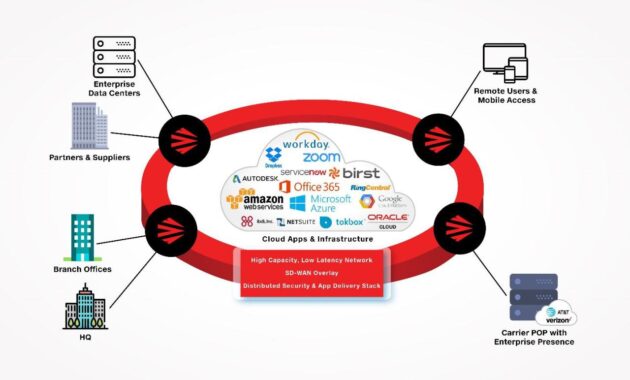Computer reservation systems are transforming the way industries manage bookings and customer interactions, streamlining processes and enhancing user experiences. From travel agencies to hotel management, these systems automate tasks that were once manual, significantly reducing time and errors. The evolution from simple ledger books to sophisticated software solutions illustrates the remarkable journey of these systems, driven by technological advancements and the ever-growing demand for efficiency.
Key components of modern computer reservation systems include databases for managing inventory, user interfaces for customer interaction, and integration capabilities with other technologies such as payment gateways. Understanding these elements is crucial for businesses looking to leverage these systems for improved service delivery.
Introduction to Computer Reservation Systems
Computer Reservation Systems (CRS) play a crucial role in the management of bookings across various industries such as travel, hospitality, and transportation. Their primary function is to facilitate the reservation process by automating the management of inventory, pricing, and bookings, making the entire operation much more efficient and user-friendly for both businesses and consumers.The evolution of Computer Reservation Systems traces back to the mid-20th century when manual processes dominated booking systems.
Initially, travel agents relied on physical books and telephones to manage reservations. The first computerized system was developed in the 1960s, significantly transforming the travel industry. Over the decades, advances in technology led to increasingly sophisticated systems that integrated real-time data, user-friendly interfaces, and cross-industry compatibility. Today, CRS encompasses a wide range of functionalities, including online booking, customer management, and data analytics.
Key Components of Computer Reservation Systems
Understanding the components of a Computer Reservation System is essential for recognizing how they enhance operational efficiency. The core elements typically include the following:
- Database Management: Centralized databases store critical information about inventory, prices, and customer details, ensuring that all users have access to up-to-date information.
- User Interface: A user-friendly interface is crucial for both customers and agents, enabling easy navigation and straightforward booking processes.
- Booking Engine: This component handles the transaction process, allowing users to make reservations in real-time while managing payment and confirmation.
- Reporting Tools: Analytical tools provide businesses with insights into customer behavior, sales trends, and inventory management, facilitating informed decision-making.
- Integration Capabilities: Effective CRS can integrate with other systems such as Global Distribution Systems (GDS) and Customer Relationship Management (CRM) systems, enhancing overall functionality.
Each component serves a distinct purpose but collectively contributes to a seamless operation that improves both user experience and business performance.
“The efficiency of a Computer Reservation System can significantly impact customer satisfaction and operational success.”
Types of Computer Reservation Systems
Computer Reservation Systems (CRS) play a pivotal role in the travel, hospitality, and event management industries by streamlining operations and enhancing customer service. These systems allow businesses to handle bookings efficiently, manage inventory, and improve the overall user experience. Understanding the different types of CRS can help organizations select the right solution for their specific needs.CRS can be categorized into various types based on their structure and the industries they serve.
Each type has unique characteristics and functionalities, serving different purposes within the travel and hospitality sectors. The main categories include Global Distribution Systems (GDS), Property Management Systems (PMS), and Event Management Systems (EMS). Furthermore, these systems can be classified as centralized or decentralized, influencing how data is managed and accessed.
Types of Reservation Systems
Each type of reservation system serves different sectors and has various functionalities that cater to specific needs. Here’s a breakdown of the primary types:
- Global Distribution Systems (GDS): Used primarily by travel agents and airlines, GDS allows for real-time access to inventory and pricing across multiple channels. Examples include Amadeus, Sabre, and Travelport.
- Property Management Systems (PMS): Primarily used by hotels and resorts, PMS aids in managing reservations, check-ins, and billing. Notable examples are Opera, Maestro, and RoomRaccoon.
- Event Management Systems (EMS): Designed for managing events, these systems handle registrations, ticketing, and venue management. Examples include Eventbrite, Cvent, and Whova.
The choice of a reservation system depends on the specific requirements of the business and the type of services offered.
Centralized and Decentralized Systems
Centralized and decentralized reservation systems differ in their data management and operational frameworks.
- Centralized Systems: These systems store all data in a single database, allowing for unified access and control over reservations. This setup typically enhances data integrity and simplifies management. An example is a hotel chain utilizing a single PMS to manage multiple locations.
- Decentralized Systems: These systems spread data across multiple databases, enabling individual departments or locations to operate independently. This can lead to flexibility but may increase the chances of data discrepancies. For instance, a travel agency might use different software for each branch, leading to varied customer experiences.
The choice between centralized and decentralized systems often hinges on the scale of operations and the need for synchronization across various departments or locations.
“The effectiveness of a Computer Reservation System significantly influences customer satisfaction and operational efficiency in the travel and hospitality sectors.”
Benefits of Computer Reservation Systems
Computer reservation systems (CRS) have revolutionized the way businesses manage bookings and customer interactions. These systems provide a seamless and efficient platform for both companies and their clients, leading to improved service delivery and customer satisfaction. With the shift towards automation in various industries, the advantages of adopting a CRS are becoming increasingly evident.The benefits of computer reservation systems extend beyond mere convenience.
They encompass efficiency, accuracy, and enhanced user experiences, significantly outperforming traditional booking methods. Businesses can streamline their operations, reduce errors, and provide a more engaging customer experience. The following sections will delve deeper into these advantages and provide a comparative analysis of traditional booking methods versus automated systems.
Key Benefits of Computer Reservation Systems
Understanding the advantages of computer reservation systems can help businesses make informed decisions about their booking processes. Here are the key benefits associated with the implementation of a CRS:
| Benefit | Description |
|---|---|
| Efficiency | CRS allows for real-time bookings and updates, minimizing the time spent managing reservations manually. |
| Accuracy | Automated systems dramatically reduce the risk of human error, ensuring that all bookings are correctly entered and confirmed. |
| User Experience | Customers benefit from a user-friendly interface, enabling them to make bookings at their convenience, leading to higher satisfaction rates. |
| Cost Savings | By automating processes, businesses can reduce labor costs and improve resource allocation, which can lead to significant savings. |
| Data Management | CRS provides valuable analytics and reporting capabilities, allowing businesses to track trends and make data-driven decisions. |
Through the comparison of traditional booking methods and automated computer reservation systems, businesses can clearly see the advantages of transitioning to a modern system. Traditional methods often involve manual processes that can be cumbersome and prone to errors. In contrast, CRSs streamline operations, making it easier to manage large volumes of reservations with precision and speed.
“Embracing technology in reservation processes not only improves efficiency but enhances overall customer satisfaction.”
Challenges in Implementing Computer Reservation Systems
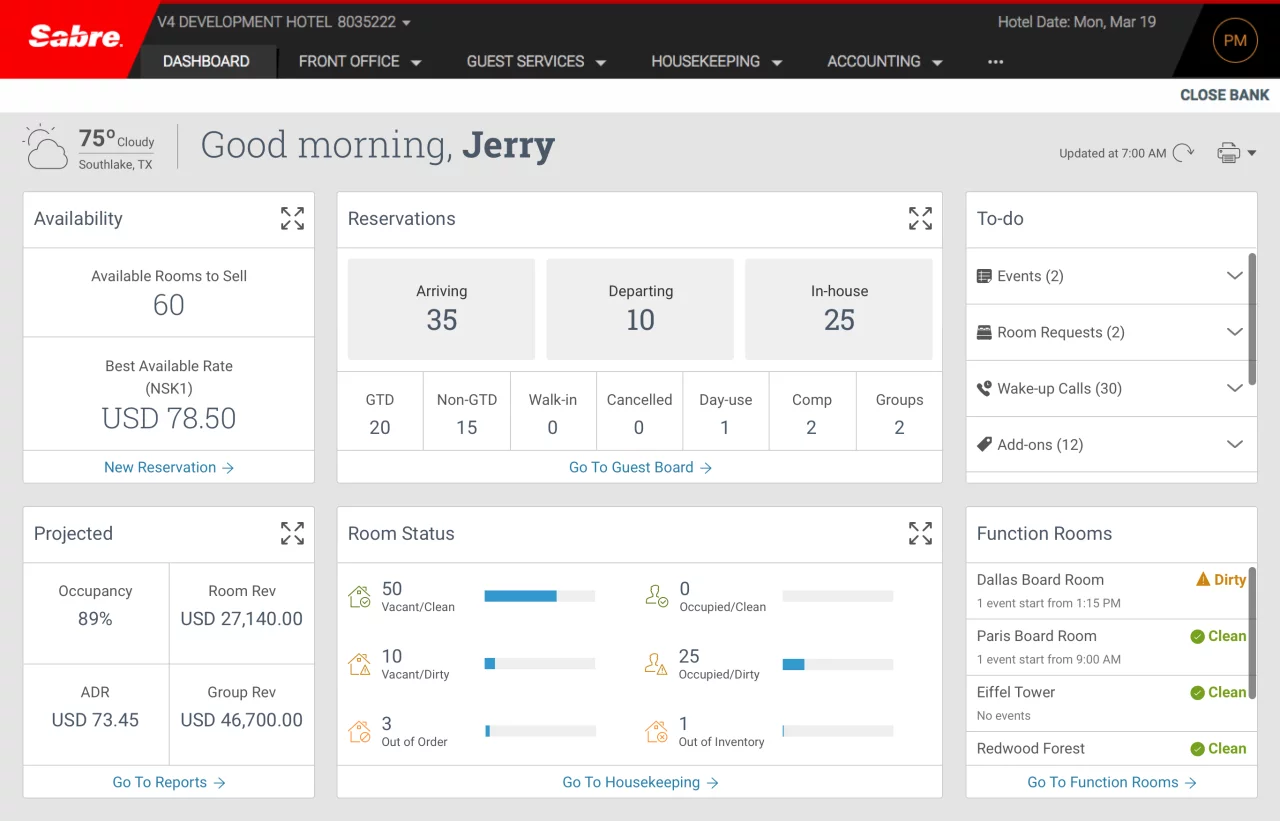
Implementing computer reservation systems (CRS) can significantly streamline operations in industries like travel and hospitality. However, businesses often encounter a variety of challenges that can complicate the implementation process. Key issues include technological integration, employee training, and data security, all of which can impact the overall success of the system.One of the most pressing challenges faced during the implementation of computer reservation systems is related to data security and privacy concerns.
As CRS handle sensitive customer data, including personal identification and payment information, any lapses in security can lead to significant repercussions, including data breaches and loss of customer trust. Companies must navigate compliance with regulations such as the General Data Protection Regulation (GDPR) and the Payment Card Industry Data Security Standard (PCI DSS).
Data Security and Privacy Concerns
Data security is paramount in the context of computer reservation systems. With a constant flow of sensitive data, organizations must ensure robust security measures are in place. Here are several key considerations:
- Encryption: Implementing strong encryption protocols for data transmission can help protect sensitive information from unauthorized access during online transactions.
- Access Controls: Establishing strict access controls ensures that only authorized personnel can access sensitive data. This includes role-based access permissions and authentication measures.
- Regular Audits: Conducting regular security audits can help identify vulnerabilities within the system and ensure compliance with industry standards.
- Employee Training: Regular training on security best practices for employees is critical. Employees should be educated about phishing attacks and safe handling of customer data.
These strategies can significantly mitigate risks associated with data breaches and maintain customer trust.
Technological Integration Challenges
Another challenge in implementing CRS is the integration of new technology with existing systems. Businesses often use a combination of legacy systems, which may not easily interface with modern reservation software. This can lead to data silos and operational inefficiencies.To address these integration challenges, organizations should consider the following approaches:
- Choosing Compatible Systems: Selecting CRS that are designed to easily integrate with existing technology stacks can reduce compatibility issues.
- Phased Implementation: Implementing the new system in phases allows businesses to troubleshoot issues incrementally and minimize disruptions to operations.
- Vendor Support: Engaging with vendors that offer strong technical support and training resources can facilitate a smoother transition during the implementation process.
These strategies enable companies to effectively manage the integration of new systems while maintaining operational continuity.
Operational Resistance
Employee resistance to adopting new computer reservation systems can also pose challenges. Staff may be accustomed to legacy processes and hesitant to change, which can create barriers to effective implementation.To combat this resistance, the following strategies may be effective:
- Involving Employees in the Process: Involving staff in the decision-making process can help garner buy-in and facilitate acceptance of the new system.
- Providing Incentives: Offering incentives for staff to embrace the new system can motivate them to adapt and learn.
- Comprehensive Training Programs: Implementing thorough training programs tailored to various employee roles ensures that everyone understands how to utilize the new system effectively.
By addressing employee concerns and providing adequate support, organizations can foster a more positive environment for system adoption.
Future Trends in Computer Reservation Systems
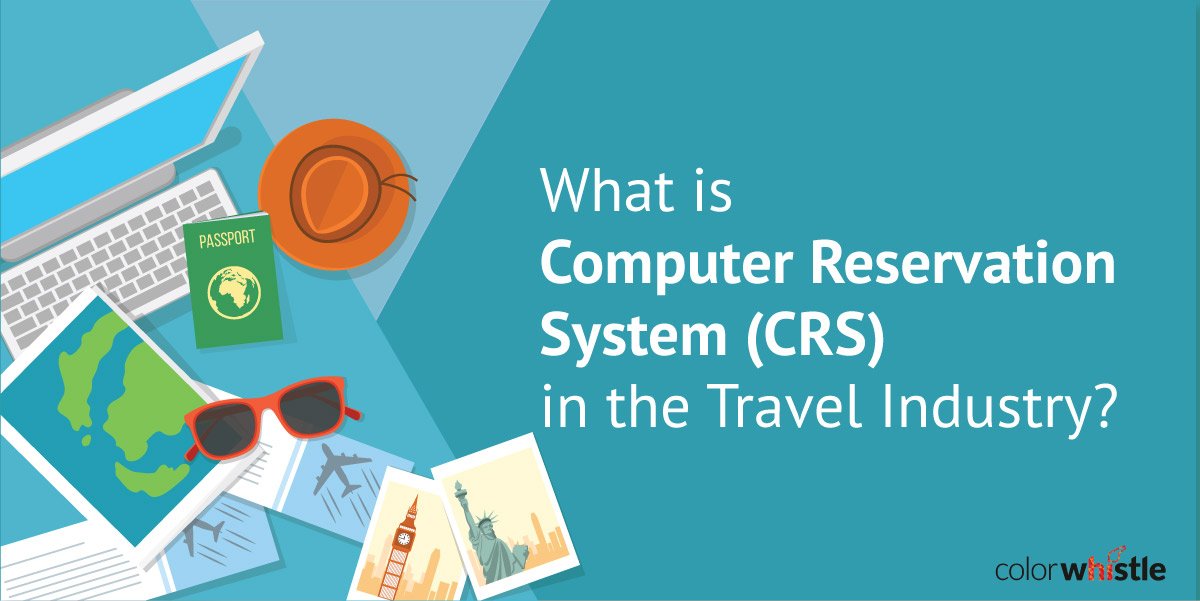
The landscape of computer reservation systems is evolving rapidly, influenced by advancements in technology and changing consumer expectations. As digital transformation continues to reshape industries, the future of these systems is not only about efficiency but also about enhancing user experience, improving decision-making, and leveraging data-driven insights. Emerging trends in technology are playing a significant role in the way computer reservation systems operate.
Innovations such as cloud computing, mobile technology, and data analytics are streamlining processes and providing users with enhanced functionalities. The integration of these technologies is expected to drive significant changes in how reservations are made, managed, and utilized across sectors like travel, hospitality, and event management.
Artificial Intelligence and Machine Learning in Reservation Systems
The implementation of artificial intelligence (AI) and machine learning (ML) is set to revolutionize computer reservation systems. These technologies enable systems to analyze vast amounts of data, identify patterns, and personalize the user experience. By leveraging AI and ML, businesses can predict customer preferences, optimize pricing strategies, and automate customer service interactions, leading to increased customer satisfaction and operational efficiency.AI-driven chatbots are becoming common in customer interactions, providing immediate assistance and personalized recommendations based on previous behavior.
Furthermore, machine learning algorithms can analyze historical reservation data to forecast demand trends, allowing businesses to adjust inventory and pricing dynamically. The ongoing evolution of AI and ML will likely lead to smarter systems capable of real-time adjustments and more intuitive user interfaces, creating a seamless reservation experience for consumers.
Forecast of Advancements in the Industry
The following table Artikels predicted advancements in computer reservation systems over the next decade, reflecting anticipated technological developments and their impacts on industry practices:
| Year | Predicted Advancement | Impact on Industry |
|---|---|---|
| 2024 | Increased integration of AI for personalized customer service | Enhanced user engagement and satisfaction |
| 2026 | Expansion of mobile reservation capabilities | Improved accessibility and convenience for users |
| 2028 | Adoption of blockchain technology for secure transactions | Increased trust and transparency in booking processes |
| 2030 | Full automation of reservation systems through AI | Significant reduction in operational costs and errors |
The insights from this forecast illustrate how computer reservation systems are on the brink of significant transformation that promises to enhance operational efficiency and customer satisfaction across various sectors. As these advancements become reality, businesses must remain adaptable and forward-thinking to harness the full potential of these technologies.
Case Studies of Successful Computer Reservation Systems
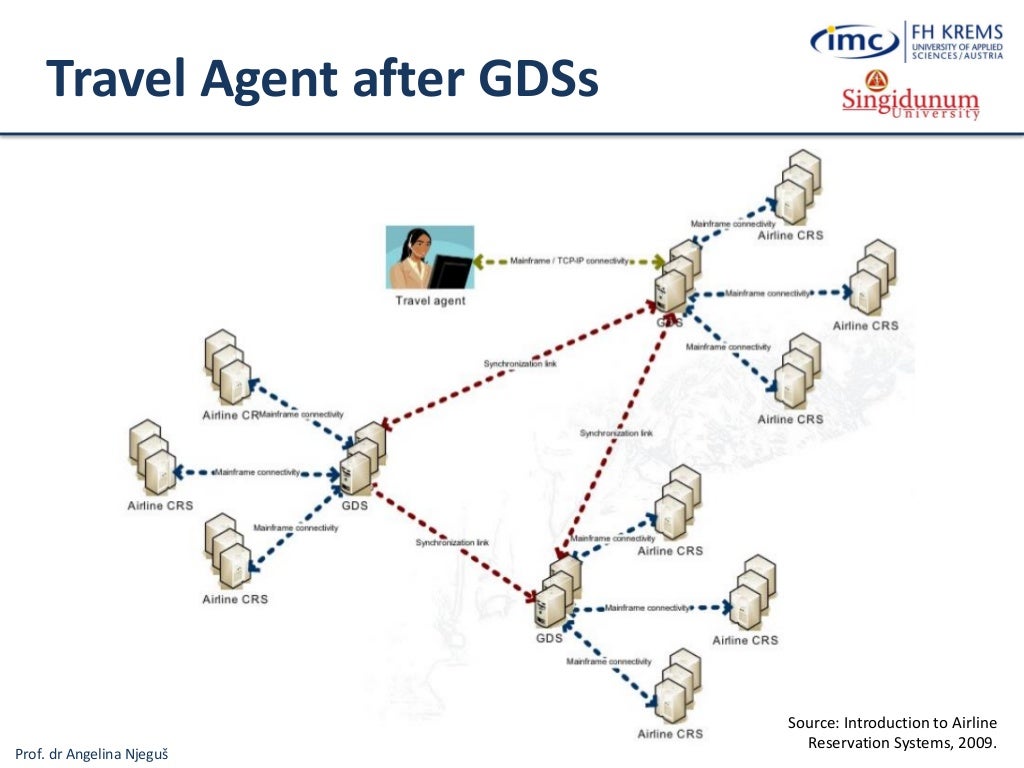
In exploring the effectiveness of computer reservation systems (CRS), several successful case studies across various sectors illustrate the tangible benefits and innovative applications of these technologies. These instances not only highlight the efficiency achieved through automated systems but also underline the key factors that contributed to their success. Observing these implementations provides valuable insights for organizations looking to enhance their own reservation processes.One prominent sector where CRS has made significant strides is the travel industry, particularly among airlines and hotels.
Additionally, the healthcare and event management sectors have also witnessed transformative impacts through the adoption of these systems. Here are detailed accounts of notable implementations.
Airline Industry: Delta Airlines
Delta Airlines has become a leader in integrating advanced computer reservation systems to streamline ticketing and seat selection. By implementing a dynamic pricing model through their CRS, Delta has been able to adjust fares in real-time based on demand and other market conditions.Key factors contributing to success:
- Comprehensive integration with other operational systems, allowing real-time data sharing.
- User-friendly interfaces that enhance customer experience during booking.
- Regular updates and innovations to adapt to changing market conditions.
Key takeaways from Delta Airlines:
- Real-time data integration can improve responsiveness to market changes.
- User experience is critical; investing in intuitive interfaces pays off.
- Continuous innovation helps maintain competitive advantage.
Hospitality Sector: Marriott International
Marriott International has successfully implemented a sophisticated CRS to manage reservations across its global network of hotels. This system not only handles bookings but also integrates customer preferences, allowing for personalized offerings and improved guest satisfaction.Key factors contributing to success:
- Centralized data management that consolidates customer information and preferences.
- Effective use of analytics to drive marketing strategies and enhance guest experiences.
- Flexibility in adapting to local market needs while maintaining brand standards.
Key takeaways from Marriott International:
- A centralized approach facilitates better customer relationship management.
- Data analytics can inform strategic marketing and operational decisions.
- Flexibility in system implementation allows for local market adaptation.
Healthcare Sector: Epic Systems Corporation
Epic Systems Corporation has revolutionized hospital management with its integrated CRS that handles patient appointments, electronic health records, and billing. This system has significantly improved scheduling efficiency and patient flow within healthcare facilities.Key factors contributing to success:
- Comprehensive features that address various aspects of hospital management.
- Strong emphasis on patient engagement through user-friendly portals.
- Ongoing support and training for healthcare staff to maximize system utility.
Key takeaways from Epic Systems Corporation:
- Integrated systems lead to greater operational efficiency in complex environments.
- Patient engagement tools foster better healthcare experiences and outcomes.
- Training and support are essential for successful system adoption.
Event Management: Eventbrite
Eventbrite’s computer reservation system has transformed how events are planned and managed, allowing organizers to handle ticket sales, registrations, and attendee management seamlessly. The platform’s ease of use has made it a go-to solution for many event planners.Key factors contributing to success:
- User-friendly interface that simplifies the ticketing process for both organizers and attendees.
- Robust analytics tools that help organizers measure event success and attendee engagement.
- Integration with social media platforms to enhance marketing outreach.
Key takeaways from Eventbrite:
- User-friendly design significantly enhances user engagement and satisfaction.
- Data analytics offer valuable insights for continuous improvement.
- Social media integration can amplify marketing efforts and event visibility.
User Experience and Interface Design in Reservation Systems
Creating a user-friendly environment is crucial for the success of computer reservation systems. The design and interface play a significant role in how users interact with the system, influencing their overall experience and satisfaction. A well-thought-out user experience (UX) enhances operational efficiency, reduces errors, and increases customer retention by making the reservation process intuitive and seamless.User experience encompasses everything from the visual appeal of the interface to the functional layout of features.
When users find it easy to navigate a system, they are more likely to complete their reservations without frustration. This section highlights best practices for designing user-friendly reservation interfaces and provides examples of effective designs that have significantly impacted customer satisfaction.
Best Practices for Designing User-Friendly Reservation Interfaces
Implementing best practices in user interface design is essential for ensuring that users can easily navigate computer reservation systems. Here are some key practices that contribute to effective user experience:
- Simplicity: The interface should be straightforward, avoiding unnecessary complexity. Clear labels and minimal choices help users focus on their task without feeling overwhelmed.
- Consistency: Maintaining a consistent look and feel throughout the reservation process builds familiarity. Fonts, colors, and button styles should remain uniform, making it easier for users to understand how to proceed.
- Responsive Design: As users access reservation systems on various devices, ensuring that the interface adapts to different screen sizes is crucial. A responsive design provides an efficient experience, whether on a smartphone, tablet, or desktop.
- Clear Call-to-Action Buttons: Use visually distinct buttons for actions like “Book Now” or “Confirm Reservation.” These should stand out and be easily identifiable, guiding users to the next steps effortlessly.
- Error Prevention and Recovery: Implementing features that minimize user errors, such as input validation and helpful error messages, can significantly improve the experience. For instance, if a user enters an invalid date, the system should provide clear feedback and suggestions for correction.
Effective user interface designs can lead to substantial improvements in customer satisfaction. For instance, Airbnb’s interface is noted for its simplicity and intuitive navigation, leading to a high conversion rate. Users can effortlessly search for accommodations, filter results, and complete bookings with ease. Another example is the United Airlines reservation system, which allows users to quickly select flights, add services, and manage their bookings from a centralized dashboard, improving the overall user experience.
“An intuitive interface not only enhances user satisfaction but can also translate into increased sales and loyalty.”
By adhering to these best practices and continuously refining the user interface, organizations can create reservation systems that not only meet the needs of their users but also elevate their overall experience, fostering long-term loyalty and repeat business.
Integration with Other Technologies
Computer reservation systems (CRS) are no longer standalone solutions; their effectiveness is significantly enhanced through integration with various technologies. By connecting to payment gateways, Customer Relationship Management (CRM) systems, and other digital tools, CRSs streamline operations and improve customer experiences. This integration allows for real-time data sharing, automated processes, and better analytics, ultimately leading to enhanced service delivery and higher satisfaction levels.Integrating a CRS with other technologies involves establishing connections that enable data flow between systems.
Payment gateways facilitate secure financial transactions, while CRM systems help in managing customer data and interactions. For a seamless integration, it’s crucial to prioritize compatibility and data synchronization between the different platforms. This ensures that information remains up-to-date, reducing errors and enhancing operational efficiency.
Methods for Ensuring Seamless Integration
Employing effective methods for integration is essential for operational success and enhancing user experiences. The following approaches can help ensure a smooth integration process:
- API Utilization: Implementing Application Programming Interfaces (APIs) allows different software systems to communicate effectively with each other, facilitating data exchange and operational synchronization.
- Middleware Solutions: Middleware acts as a bridge between different applications, enabling them to work together and share data without requiring substantial modifications to existing systems.
- Data Mapping: Establishing data mapping protocols ensures that data fields in different systems align correctly, preventing discrepancies and ensuring accuracy in data transfer.
- Automated Data Syncing: Regular automated synchronization processes can be scheduled to ensure that all systems reflect the most current data, reducing the need for manual updates and minimizing errors.
- Testing and Monitoring: Continuous testing of integrations and real-time monitoring can help identify issues early, allowing for quick resolutions and ensuring that operations remain smooth.
“Successful integration is not just about connecting systems; it’s about creating a seamless experience for users and maximizing operational efficiency.”
Flowchart Layout of the Integration Process, Computer reservation systems
A flowchart can illustrate the integration process effectively, providing a visual representation of how various components interact. The layout typically includes the following stages:
1. User Interaction
The customer initiates a reservation through the CRS interface.
2. Data Capture
Relevant data (e.g., payment details, customer information) is collected.
3. API Call to Payment Gateway
The CRS sends a secure API request to the payment gateway for transaction processing.
4. Transaction Processing
The payment gateway handles the transaction and confirms success or failure.
5. Data Update in CRM
Upon successful payment, the CRS updates customer records in the CRM system.
6. Confirmation Notification
A confirmation is sent to the user via email or SMS, completing the transaction process.This flowchart can enhance understanding by visually mapping out the interactions between the CRS, payment gateway, and CRM, showcasing how data flows from one entity to another while highlighting critical checkpoints in the process.
Questions Often Asked
What industries use computer reservation systems?
Computer reservation systems are primarily used in travel, hospitality, and event management industries.
How do centralized and decentralized systems differ?
Centralized systems manage all data and transactions from a single location, while decentralized systems distribute this control across multiple sites.
What are the main advantages of using such systems?
They offer increased efficiency, improved accuracy, and better user experiences compared to traditional booking methods.
Are there security concerns with these systems?
Yes, data security and privacy are significant concerns, requiring robust measures to protect sensitive information.
What role does AI play in future reservation systems?
AI can enhance these systems by providing personalized recommendations and streamlining operations through predictive analytics.

